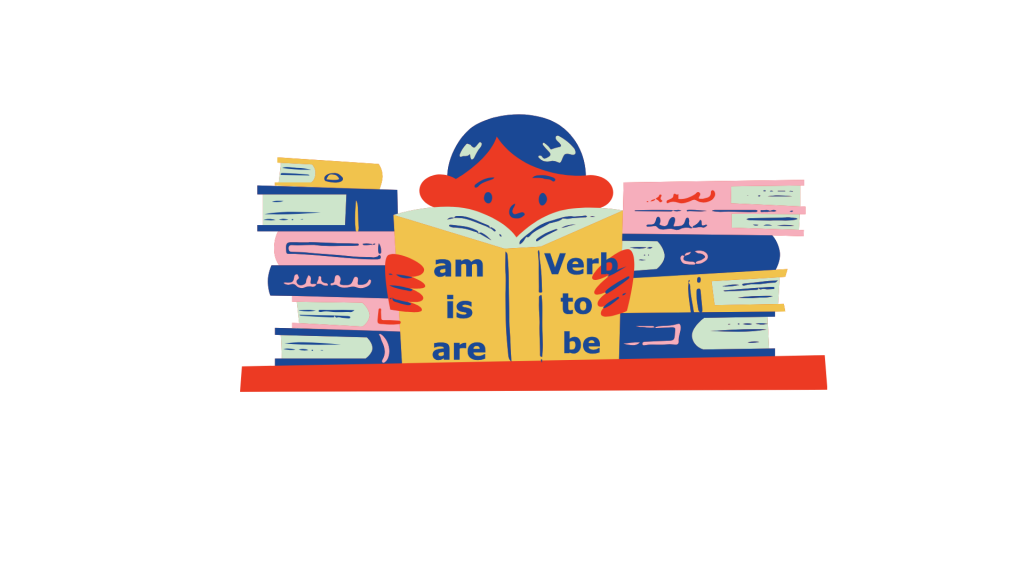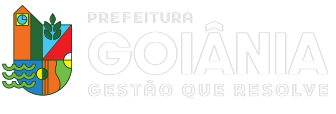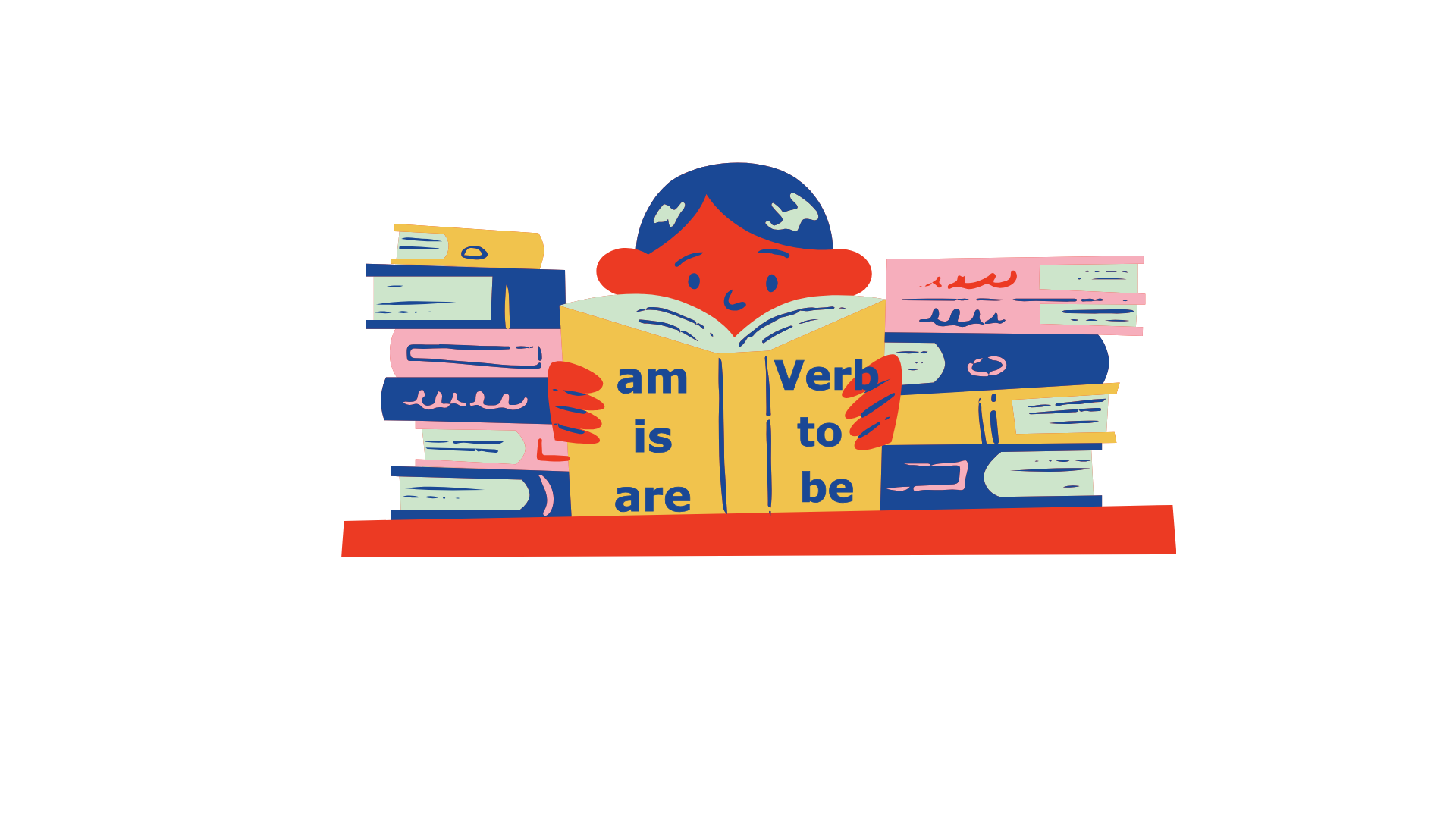Esta proposta de atividade de LÍNGUA INGLESA é destinada aos estudantes do 4º Período da Educação de Jovens e Adultos – EJA.

The Verb To Be in English
The verb to be is one of the most important and commonly used verbs in English. It’s an irregular verb, meaning it doesn’t follow the standard rules for verb conjugation. It’s used to describe states of being, identity, characteristics, and locations.
Conjugation of To Be
In the present tense, to be has three main forms:
- I am
- You are
- He/She/It is
- We are
- They are
Each form corresponds to a specific subject. Here’s an example of each form in a sentence:
- I am a student.
- You are my friend.
- He is a doctor.
- We are happy.
- They are at the park.
Uses of To Be
- Describing People or Things
To be is often used to describe someone or something:- She is tall.
- This book is interesting.
- Expressing Feelings or Conditions
It can also describe feelings or temporary states:- I am tired.
- They are excited.
- Giving Locations
We use to be to indicate where something or someone is located:- The keys are on the table.
- We are in the library.
- Talking About Age
To be is used to state age in English:- I am 20 years old.
- How old are you?
The Verb To Be in the Past
In the past tense, to be has two forms:
- I/He/She/It was
- You/We/They were
Examples:
- I was at home yesterday.
- They were late to the meeting.
Questions and Negatives with To Be
To form questions with to be, simply switch the order of the verb and the subject:
- Are you happy?
- Is she your sister?
For negatives, add “not” after the verb:
- I am not ready.
- They are not here.
Glossary:
- Verb – Verbo
- Present – Presente
- Past – Passado
- Form – Forma
- Sentence – Frase
- Describe – Descrever
- Feeling – Sentimento
- Condition – Condição
- Location – Localização
- Temporary – Temporário
- State – Estado
- Subject – Sujeito
- Question – Pergunta
- Negative – Negativo
- Mastering – Domínio
Leia o comic strips abaixo e responda as questões sobre o mesmo:
QUESTION 01:
A forma do verbo to be que Anna usa para se apresentar é
(A) am.
(B) is.
(C) are.
(D) was.
QUESTION 02
A forma do verbo to be usada para descrever a idade de Liam é
(A) am.
(B) is.
(C) are.
(D) was.
QUESTION 03
A idade de Ana é
(A) 8 anos.
(B) 10 anos.
(C) 12 anos.
(D) 14 anos.
QUESTION 04
Qual é a nacionalidade de Anna? Explique com base no que ela disse.
QUESTION 05
Complete as frases abaixo com am, is e are:
(A) I ___ happy today.
(B) She ___ my best friend.
(C) They ___ playing outside.
(D) The dog ___ very cute.
(E) We ___ excited for the trip.
(F) He ___ a good student.
(G) You ___ very kind.
| Autoria | Profª Drª Sueidy Lourencio |
| Formação | Letras Portuguese/Inglês – Doutorado em Educação |
| Componente Curricular | Inglês |
| Objetivos de aprendizagem e desenvolvimento | (EJALI0420) Compreender e utilizar o verbo to be em situações reais para expressar opiniões, falar de si e do outro. (ex.: My favorite color is …) |
| Referências | BRASIL. Ministério da Educação. Base Nacional Comum Curricular. Brasília, 2018.Goiânia. Documento Curricular Eja – 2023. Educação Física. Secretaria Municipal de Educação e Esporte. 2023Goiânia. Documento Curricular Para a Rede Municipal de Educação de Goiânia – EJA. Secretaria Municipal de Educação e Esporte. 2023Goiânia. Organização Pedagógica da EJA – 2023. Secretaria Municipal de Educação e Esporte. 2022Lei Federal n. 8069, de 13 de Julho de 1990. ECA – Estatuto da Criança e do Adolescente.GLENDINNING, Eric; POHL, Alison. Oxford English for Careers: Technology 2: Student’s Book. Oxford: Oxford University Press, 2011.SWEENEY, Simon. English for Business Communication. 2nd ed. Cambridge: Cambridge University Press, 2003. |

